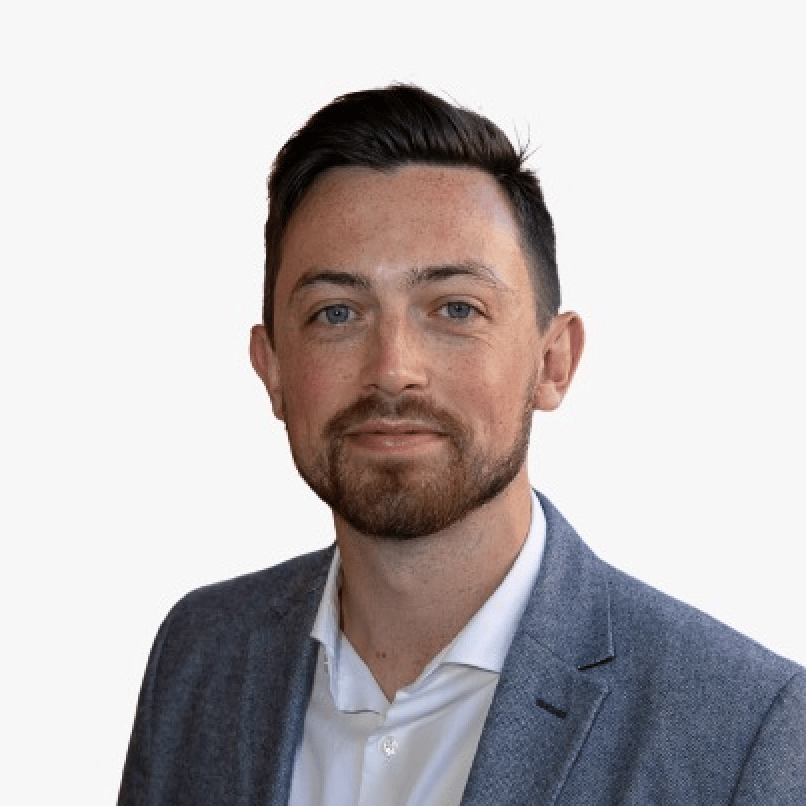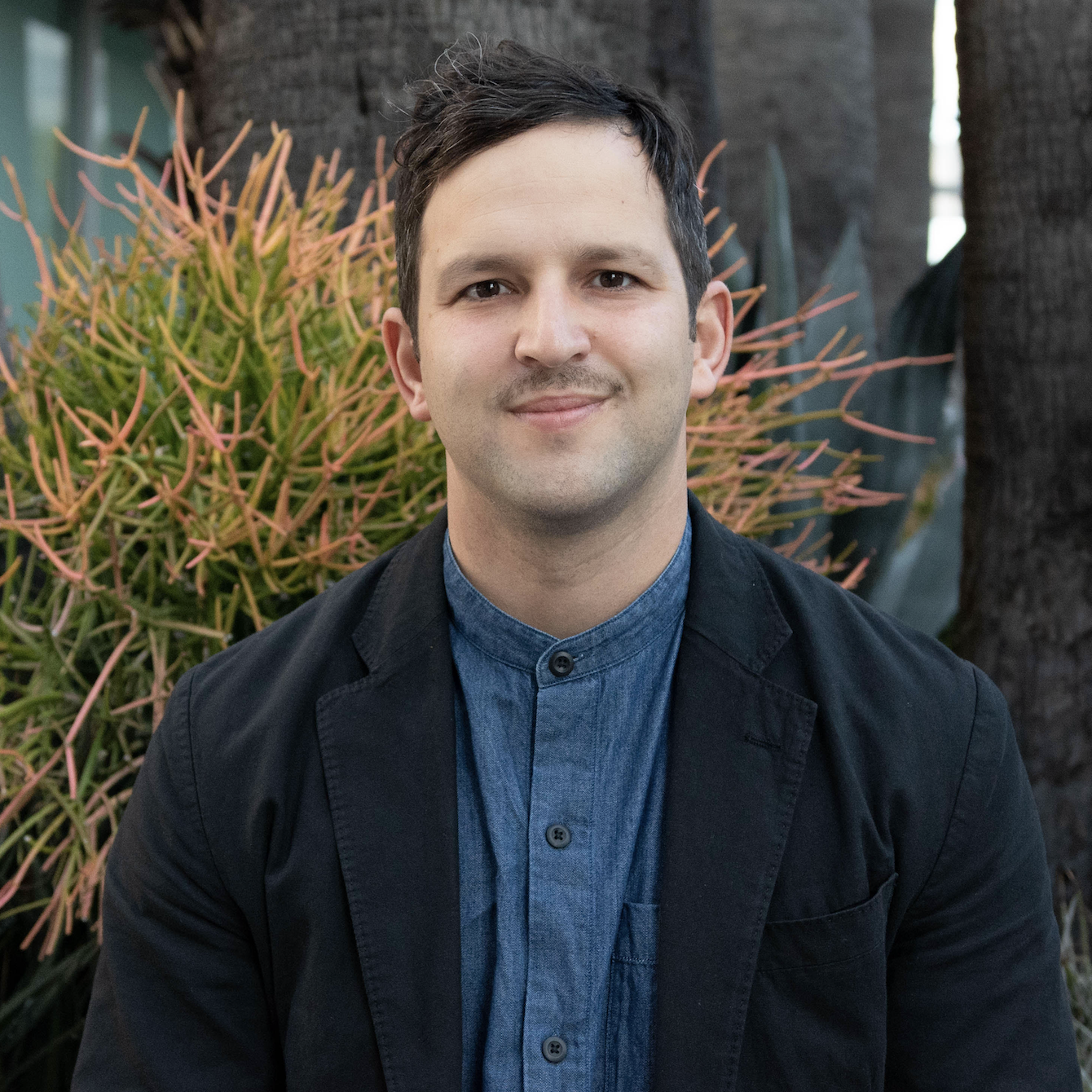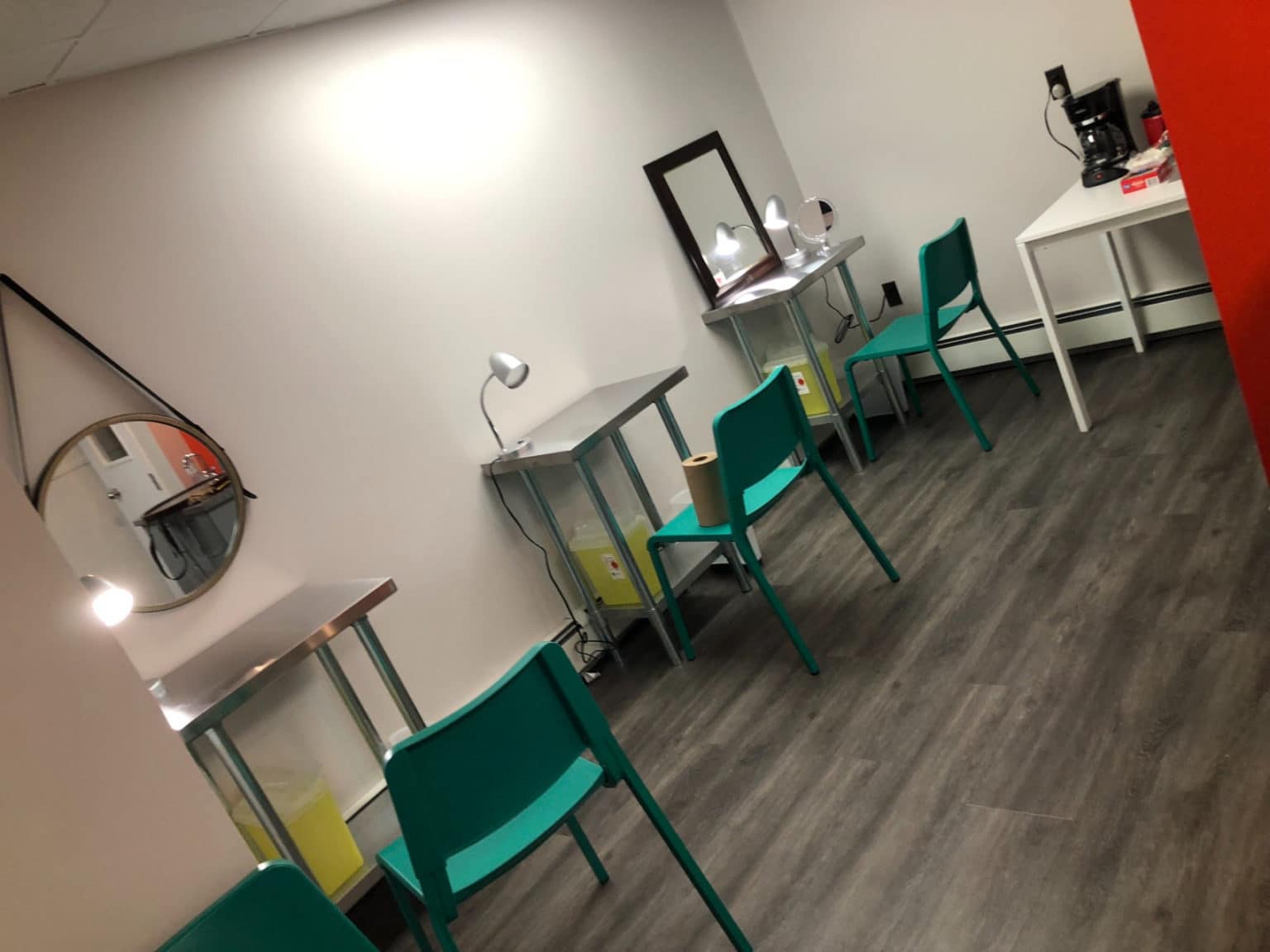On August 22, California Governor Gavin Newsom overruled the will of the legislature and his constituents by vetoing Senate Bill 57. The bill would have pushed forward overdose prevention programs in Los Angeles, Oakland and San Francisco.
This decision was clearly politically motivated; Governor Newsom has expressed national political ambitions and likely felt that approving a harm reduction measure would make him vulnerable to future Republican critique. But the science is clear: overdose prevention programs—also known as safe consumption sites—save lives, and California has never needed them more. Overdose deaths in California have nearly tripled over the past five years, and the state now has far more annual deaths than any other.
Gambling with the lives of people who use drugs only serves political agendas.
Overdose prevention programs (OPP), where people can use banned drugs with trained staff and a host of resources like naloxone on hand, are not a controversial topic in public health, only in politics. Gambling with the lives of people who use drugs only serves political agendas. Equipped with clear scientific evidence, harm reductionists, medical professionals and public health practitioners have a responsibility to do what is right, regardless of what the law approves.
Overdose Prevention Programs Save Lives
The simple truth is that OPP work. Beyond lowering the death count, they help prevent an array of bad health and social outcomes. It is a radical act to provide hospitality to the most vulnerable among us. OPP do this without qualifications, which helps them build trust and relationships with people who use drugs.
This trust leads to referrals and care that ultimately prevent and treat conditions such as HIV, hepatitis C and abscesses, as well as devastating infections of heart valves and bones. This prevents overcrowding in already overwhelmed hospitals. It reduces the burden on emergency services by reducing 911 calls for overdoses. It connects people to substance use treatment, mental health care and additional services they would otherwise never access.
Over 160 sanctioned OPP exist worldwide. For decades, these programs have thrived across Europe, Canada and Australia. As these countries have seen the benefits—a huge number of overdoses reversed, and countless people connected to health and social services—the number of programs continues to grow.
Activists, harm reductionists and public health practitioners are left with no other choice than to resist the constraints of the law.
In December 2021, New York City opened its first two OPP, where more than 400 potentially fatal overdoses have already been reversed. Despite the lack of federal approval, these sites opened with the support of Mayor De Blasio and arrangements with local law enforcement. The magnitude of the ongoing overdose epidemic was a concern of the utmost importance—greater than the obligation to adhere to federal law. Legislation in support of OPP has since been advancing in New York state, with advocates urging Governor Kathy Hochul to authorize the programs statewide. In June 2021, Rhode Island legalized OPP in a pilot program that’s moving forward this year.
Unfortunately, this wave of change is moving more slowly than the huge and growing wave of overdose deaths in this country. So activists, harm reductionists and public health practitioners in states like California are left with no other choice than to resist the constraints of the law and continue to provide people who use drugs with the safety and dignity that all humans deserve.
Overdose Prevention, Despite the Law
OPP have operated in the United States, in spite of the law, for many years, acquiring a well-documented track record of preventing overdoses. This work is already being done, without state or federal approval. Now is a key moment for additional action and organizing around evidence and compassion for people who use drugs.
One of Gov. Newsom’s core claims behind his veto of SB 57 was that we’ve yet to prepare the proper operational procedures and sustainability needed to ensure the success of future programs. Yet, as those of us in harm reduction know, organizations across the state have been preparing to launch these programs for years.
We cannot, and should not, wait for permission; we must continue to provide evidence-based assistance to the people who most need it.
Contrary to Newsom’s assertion, Californian harm reduction organizations are beyond ready to provide these much-needed services to people in our community who have been disregarded for decades. These community organizations have convened with coordinators of already-functioning sites; with their experiential and practical support, local providers have developed a clear understanding of what is needed to successfully operate a safe consumption site. There is also substantial academic literature to inform us about best practices.
We cannot, and should not, wait for permission; we must continue to provide evidence-based assistance to the people who most need it.
Mobilizing in pursuit of freedom and safety for people who use drugs, regardless of the law, is not a new concept. Rebellion against laws that further marginalize communities of people who use drugs has persisted in this country for decades.
The History of Harm Reduction Is One of Resistance
The harm reduction advocacy model we use today found its start during the HIV/AIDS epidemic of the 1980s. Advocates, physicians and public health officials acted in the face of political inaction, as our government willfully ignored the data that people who injected drugs experienced the highest rates of HIV infection during the height of the epidemic.
In 1985, a pilot syringe access program in New York City was blocked by the police. Undeterred, harm reductionists handed out sterile syringes despite facing arrest. Public health experts joined the fight by providing the necessary data to inform policymakers. Ultimately syringes service programs became normalized: a public health success built by initially flaunting state and federal laws. It’s impossible to estimate how many lives were spared—among people who use drugs and those who do not—because of the civil disobedience of harm reductionists.
We recognize the multifaceted barriers harm reduction activists must overcome to further mobilize for OPP—barriers more daunting than just Newsom’s veto of SB 57. For instance, police have vehemently stood against the introduction of these life saving programs, citing rehashed drug war rhetoric. This comes as no surprise but is a constant struggle.
This is not simply a controversial topic on which we hope to one day sway Newsom’s opinions. This is a fight against a political affront that has already caused countless unnecessary deaths.
There is a common misconception that harm reduction programs—which aim to keep people alive regardless of whether or not they stop using drugs—somehow promote drug use or lead to its increase, or more needles in the street. But this is simply untrue. Decades of research has proven that providing sterile needles, syringes and a safe location to consume drugs does not increase drug use. These services also reduce syringe litter, as a safe location to dispose of used syringes is available.
The recent tragedy of SB 57’s veto should not demoralize those of us already doing this crucial work. Political inaction is no reason to surrender the fight for the lives of millions falling victim to increasing, avoidable overdose death rates. This is not simply a controversial topic on which we hope to one day sway Newsom’s opinions. This is a fight against a political affront to freedom that has already caused Californians—and people across the US—countless unnecessary deaths. Over 11,000 people died of overdose in California in 2021, and each of these deaths was a policy failure.
As Martin Luther King so famously expressed, “one has a moral responsibility to disobey unjust laws.” In response to Newsom’s recent decision to veto an entire demographic’s access to safety, harm reduction activists, physicians and public health providers in California should continue to do just that.
This article was co-authored by Joseph Friedman and David Goodman-Meza.

Joseph Friedman is a substance use researcher at UCLA who studies the overdose crisis.

David Goodman-Meza is an assistant professor of infectious diseases and addiction medicine provider at UCLA.
Photograph of a safe consumption site in Canada by Matthew Bonn





Show Comments